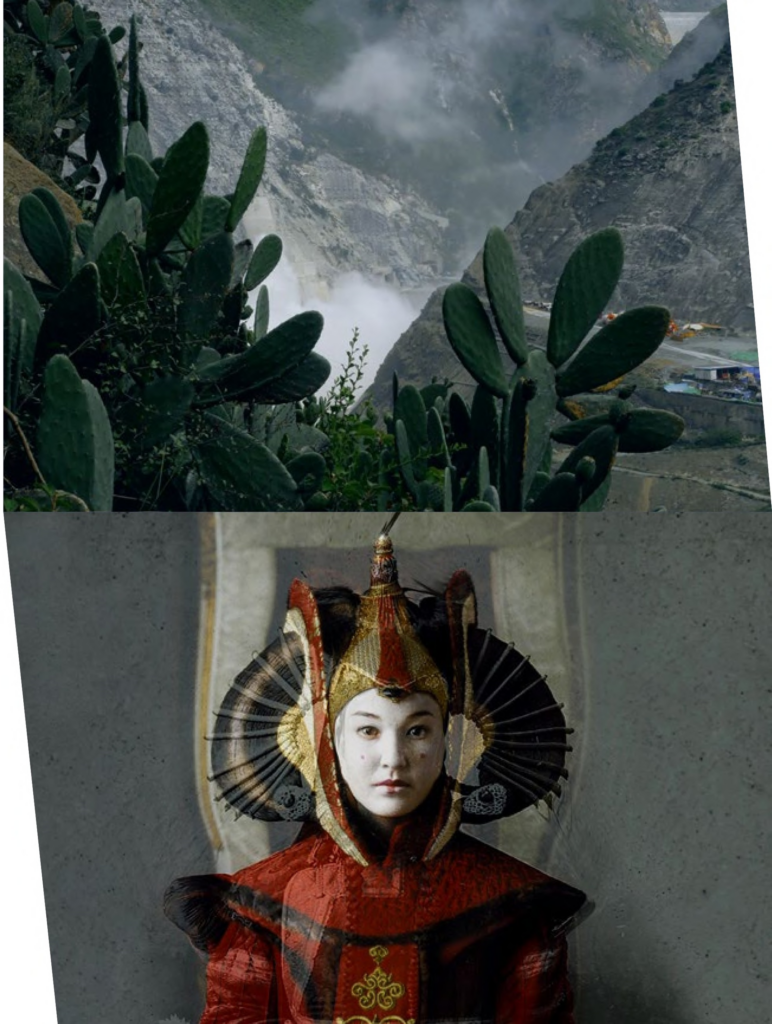LIU CHUANG
Born 1978 in Hubei, China, lives and works in Shanghai, China
Bitcoin Mining and Field Recordings of Ethnic Minorities
2018

Liu Chuang’s films and installations elliptically analyze the various systems underpinning everyday life in our contemporary era. While his earlier works considered the relationship between individual autonomy and rapid, large-scale modernization in China, his recent projects are extensively researched explorations of how global capital flows and social technologies affect marginalized communities and transform natural landscapes. Liu’s work has been shown in film festivals and exhibitions throughout the world, including at the Dhaka Art Summit (2020), the Centre Pompidou, Paris (2019), and the Asian Art Biennial, Taichung, Taiwan (2019).
Liu’s monumental three-channel video Bitcoin Mining and Field Recordings of Ethnic Minorities (2018) is a cinematic essay that connects ethnographic, economic, military, and visual histories with theoretical references. Narrated in Muya, a Sino-Tibetan language spoken in southwestern China, it identifies the physical effects that the seemingly invisible, placeless forces of modernization—such as electricity, the digital cloud, and cryptocurrency—have on bodies and landscapes. Territories traditionally occupied by ethnic minorities in China are disproportionately taken over by national infrastructure projects such as massive hydroelectric dams. Abandoned dams, in turn, are occupied by opportunistic actors to operate electricity-guzzling bitcoin mines that primarily benefit remote owners as they create virtual currencies used in international markets. Liu observes that these sites are frequently located in what Willem van Schendel calls Zomia, a term demarcating the highland regions that extend across East and Southeast Asia. It is a space of contradictions: rich with the cultural and linguistic diversity of its minority occupants yet sparsely populated and resourced, fiercely anti-assimilationist and often politically and economically isolated. The work draws a parallel between the deliberate statelessness of the region’s occupants and the original intent behind bitcoin’s creation, which was to enable peer-to-peer transactions outside the control of centralized authorities. Even though revolutionary technological inventions might claim to counter the concentration of power, they frequently perpetuate other forms of control.
The final third of the video takes a speculative turn as it progresses from the title’s “field recordings” of Indigenous peoples in the Sichuan highlands to the otherworldly encounters portrayed in two iconic 1970s science fiction films. By juxtaposing realities with the fictive imaginary of cinema, Liu suggests that the sources of enlightenment and humanity extend beyond the limited perceptual bounds of dominant discourses.


